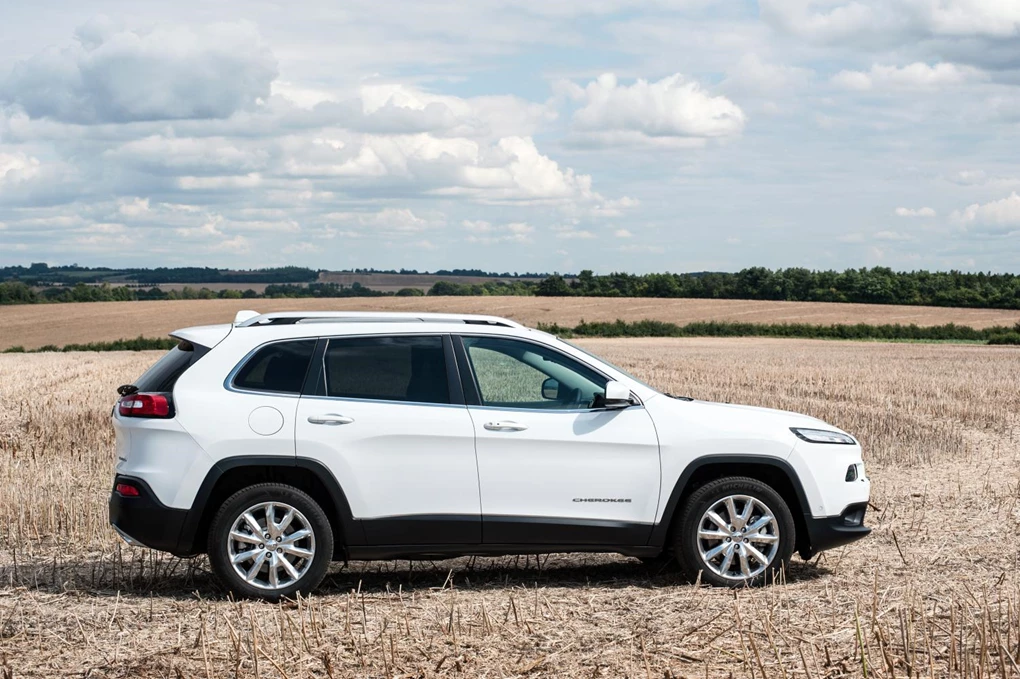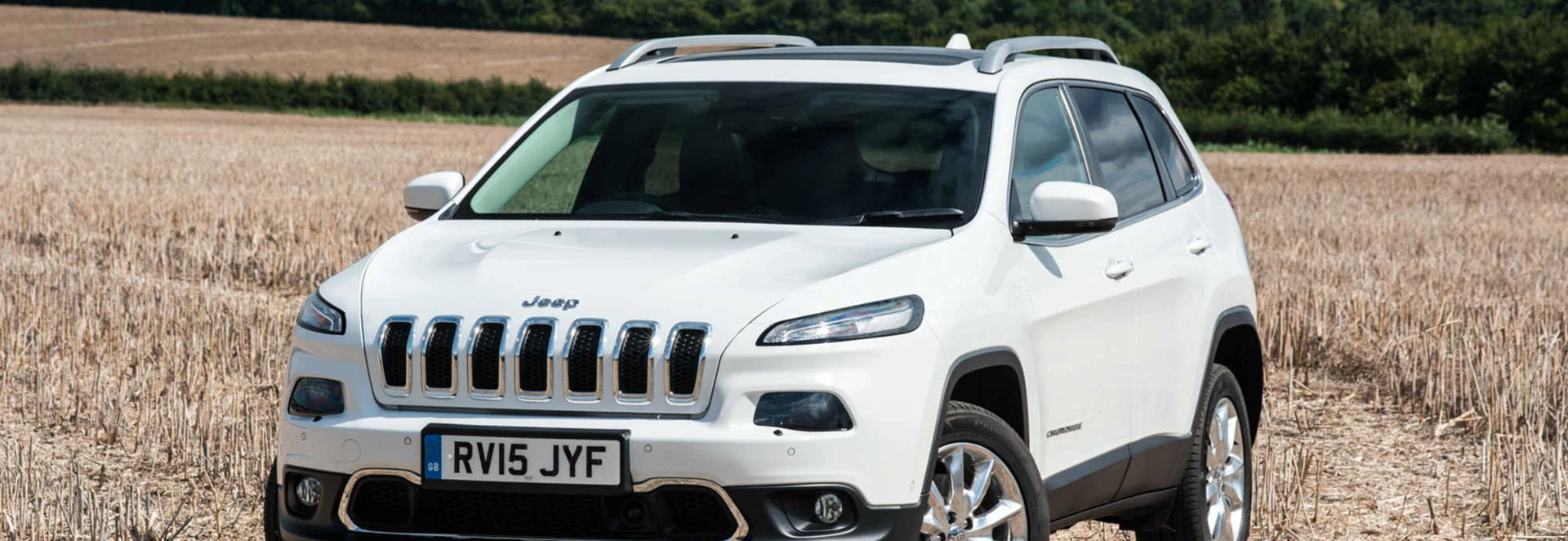The Jeep Cherokee has been sold in the UK in various guises and this latest iteration is the most European in flavour. This new Cherokee replaces the Jeep Compass model, which never really took off in Britain, and sits under the larger Grand Cherokee.
It has a lower ride height and appears less rugged compared with older Jeep SUVs, but impressive off-road ability remains a key selling point for the latest Cherokee.
Because of Jeep’s reputation for rugged off-roaders in Europe, it might be assumed that the Cherokee is priced as a budget SUV option, but this is not the case. Jeep clearly wants to make the Cherokee a premium contender, and rivals include the likes of the Land Rover Discovery Sport, the Audi Q5 and Volvo XC60. Is the Cherokee good enough to worry its esteemed rivals?
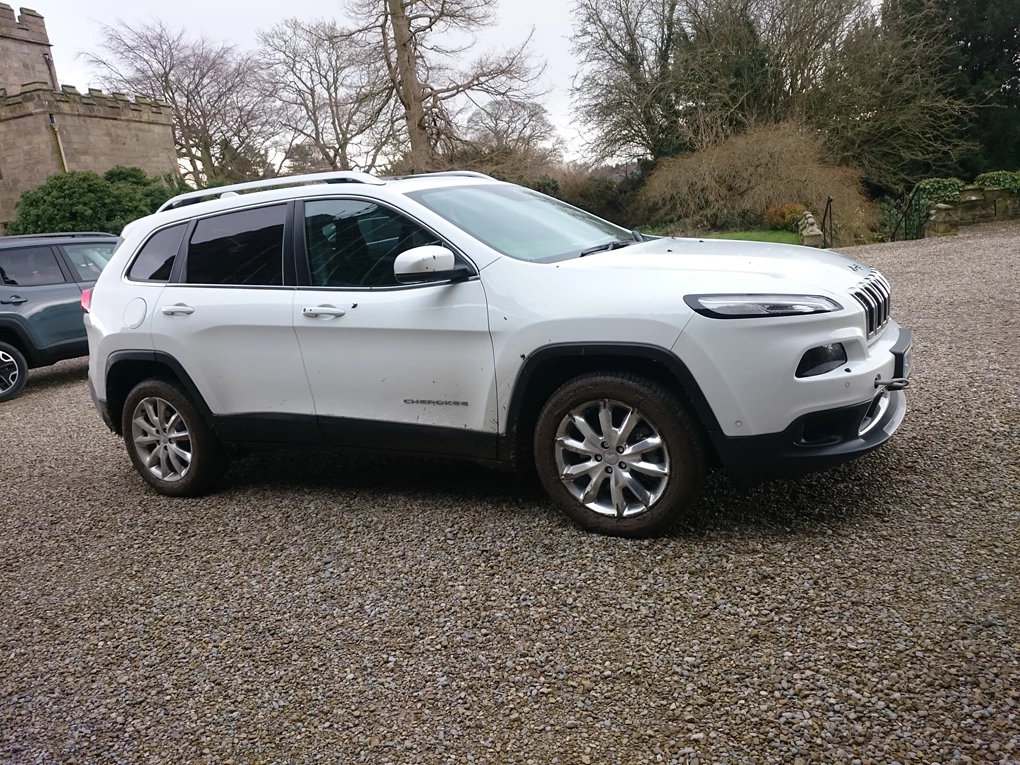
Performance
Power in the Cherokee is predominately diesel, with a 2.0-litre or a 2.2-litre unit on offer. The 2.0-litre 138bhp MultiJet II diesel is the entry point to the range, offering decent performance with a zero to 62mph sprint time of 10.9 seconds and a top speed of 116mph. The 2.0-litre is only available with a manual transmission.
The 2.2-litre MultiJet II on the other hand is only available with a nine-speed automatic, which is slick enough up and down the gears but lags a bit if you want to control gear changes manually. The 2.2-litre is also tastier when it comes to performance, producing 197bhp and 404Nm of torque, and reaching 62mph from a standing start in just 8.5 seconds. This engine replaces a 2.0-litre diesel with 168bhp and feels significantly more powerful, smoother and quieter.
If you are purely after performance then the 3.2-litre V6 petrol is the one to go for, offering 268bhp and a 0-62 time of just 8.4 seconds.
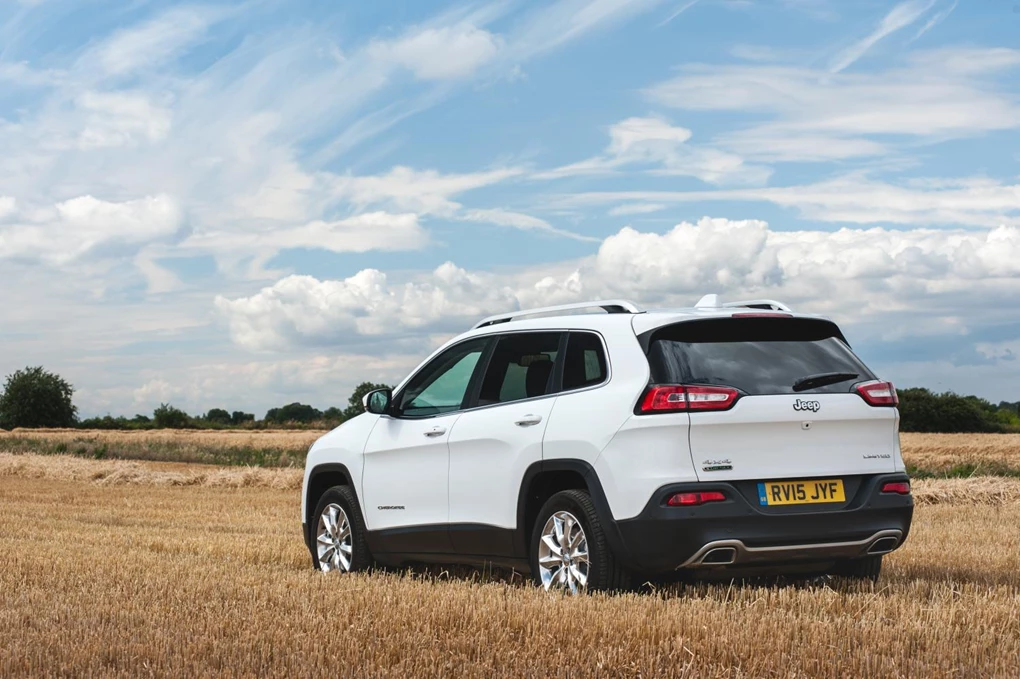
Ride and Handling
At the heart of the four-wheel drive system is a series of selectable driving modes. These include Auto, Snow, Sport and Sand and Mud.
If you are likely to use the Cherokee for long motorway trips, then it should prove to be relatively refined and unflustered. However, if you regularly drive along twisty country roads, then its artificially heavy steering and body roll could be a disappointment. SUVs like the Discovery Sport and Mazda CX-5 have raised the bar for SUV ride and handling, and the Cherokee feels less well polished, with a tendency to become unsettled over sharp road imperfections. Both front-wheel drive and four-wheel drive variants are available with the Cherokee. The entry-level 2.0-litre is available with either whereas the 2.2-litre is reserved purely for four-wheel drive. At the heart of the four-wheel drive system is a series of selectable driving modes. These include Auto, Snow, Sport and Sand and Mud. Auto mode is great for those who may occasionally venture onto muddy tracks. Sport sharpens up the throttle response and lets you have a bit of fun. Although the Snow and Sand and Mud modes make the Cherokee more capable in adverse conditions, we wouldn’t recommend going all-out off-road in the standard model. If you plan on doing that then you may want to opt for the Trailhawk model, which comes with extra off-roading hardware, including a rear differential lock for maximum traction.
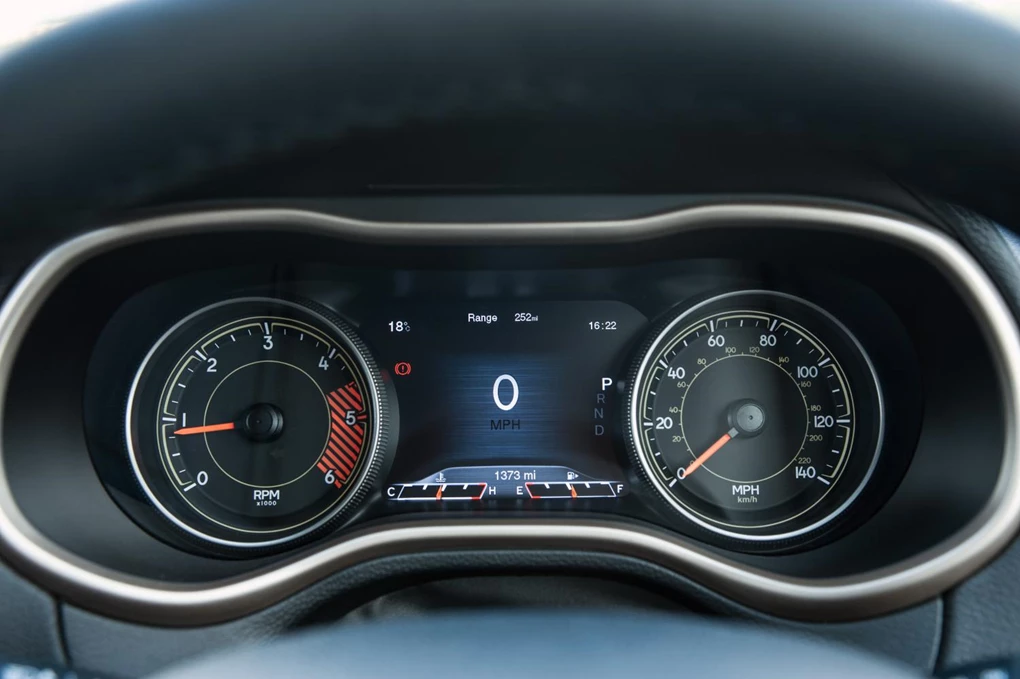
Interior and Equipment
The first SUV to use the Jeep Cherokee name began production back in 1974.
The interior of the Cherokee features a good mixture of both high-quality and hard-wearing materials, which is great for those who want something that is both comfortable and capable. The standard Longitude trim comes generously equipped with the likes of automatic air-con, cruise control and LED daytime running lights. Although entry-level models are generous, it is actually the much more luxurious Limited trim that has proven most popular with customers. Limited models feature the likes of an 8.4-inch touchscreen with sat-nav, parking sensors, a wireless smartphone charging pad, Bluetooth and Bi Xenon headlights. Rear passengers will be incredibly comfortable in the Cherokee as there is plenty of leg and head room for up to three. We would avoid the glass roof option however if you regularly chauffeur around tall passengers, as it reduces headroom. Rear comfort is enhanced further with the ability to slide the seats back and forth. This not only gives leg room more flexibility, but these sliding seats can be used to accommodate more storage space in the boot – which offers up to 591 litres.
Cost
The Jeep Cherokee isn’t exactly what you would call a budget model, with a starting price of over £26,000. It is however around £5,000 to £6,000 cheaper than key German rivals.
The Jeep Cherokee isn’t exactly what you would call a budget model, with a starting price of over £26,000. It is however around £5,000 to £6,000 cheaper than key German rivals like the Audi Q5 and BMW X3. From an efficiency point of view, the Cherokee is about par for the course, with its most frugal 2.0-litre diesel emitting 139g/km of CO2 and claiming to return an average of around 50mpg. Go all-out for the Trailhawk model and you are looking at CO2 of 223g and a claimed average fuel economy figure of just under 30mpg.
Our Verdict
The Jeep Cherokee is an improvement on previous versions in this class and does have some attractive qualities. It’s well-equipped and competent off-road, especially if you go for the Trailhwak model. It also has decent refinement, especially at motorway speeds. However, the Cherokee also falls short in some areas including its interior quality and handling. The Cherokee finds itself in a tricky middle ground between cheaper models like the Nissan Qashqai and Hyundai Tucson, and more expensive German SUVs, but its Jeep badge does go some way to setting it apart, and for many it could prove a characterful choice.
